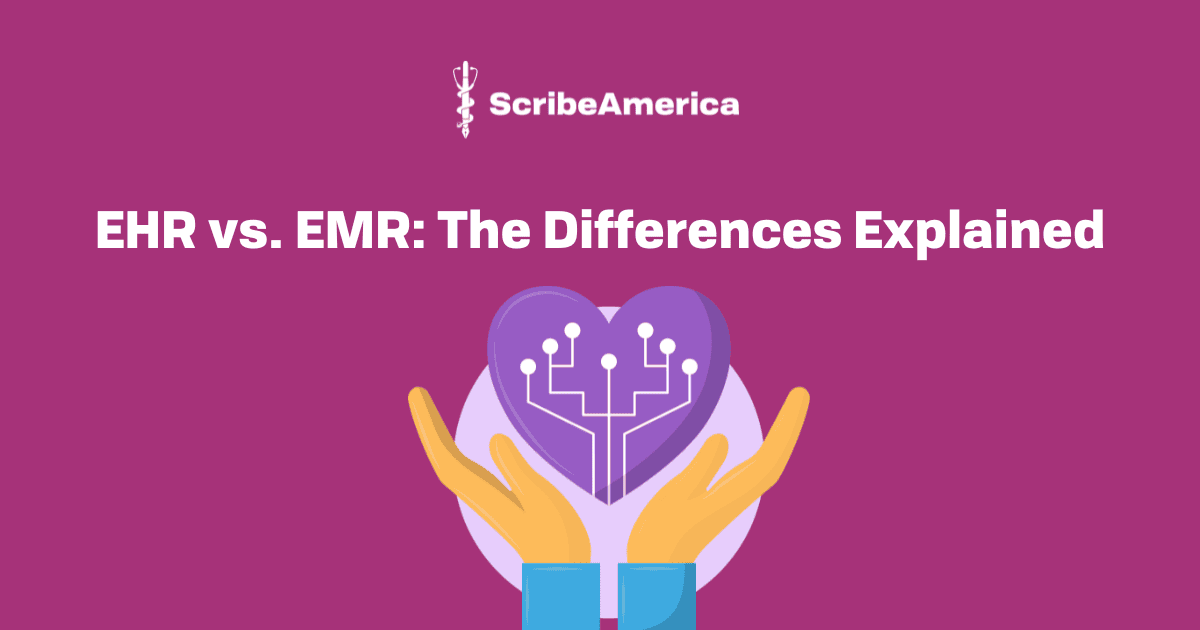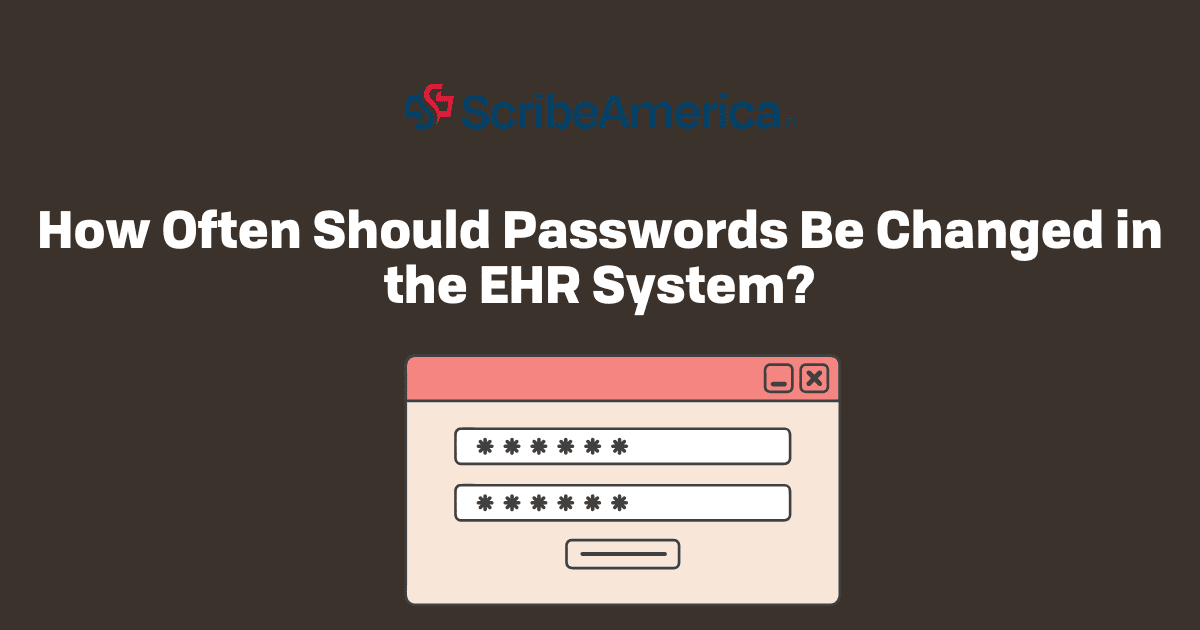Key points:
- Core Difference Between EMR and EHR: EMRs (Electronic Medical Records) are digital versions of paper charts used within a single practice, while EHRs (Electronic Health Records) are interoperable, patient-centered systems that follow the patient across multiple healthcare settings.
- Functionality and Scope: EMRs focus on documentation and care management within one office. EHRs go further, supporting data sharing, patient access, care coordination, decision support, population health analytics, billing, and research.
- Impact on Healthcare: Understanding the distinction matters because EHRs improve continuity of care, patient safety, and collaboration, whereas EMRs are limited to internal practice use. Choosing the right system affects patient outcomes, provider efficiency, and healthcare interoperability.
If you’ve ever worked in healthcare – or are considering this career path – you’ve probably heard people toss around the terms EHR and EMR as if they mean the same thing. Spoiler: they don’t. The mix-up is so common that even some providers use them interchangeably. But when it comes to understanding modern healthcare technology, knowing the difference between EHR vs EMR isn’t just a vocabulary exercise; it’s about recognizing how data shapes care, collaboration, and the patient experience.
So, what’s the difference between EHR and EMR?
The simplest way to break it down is this: EMRs are digital versions of paper charts for a single practice, while EHRs are broader, more shareable records that follow the patient across different healthcare settings.
That’s what’s the difference between EHR and EMR in a nutshell. But let’s unpack it a bit, because the details are where things get interesting.
EMR – the digital paper chart
Think of the EMR (Electronic Medical Record) as the clinic’s internal diary. It stores medical history, diagnoses, and treatments, but all within one practice or organization. If you go to your family doctor and they chart your blood pressure or prescribe a medication, that’s logged in their EMR system.
The catch? If you visit a specialist down the street or get admitted to a hospital, your EMR doesn’t travel with you. The specialist or hospital may request copies, but the system itself isn’t designed for easy sharing. That’s why, when comparing EMR vs EHR, EMRs are often described as practice-specific tools.

EHR – the big picture record
Electronic Health Records, or EHRs, are built for interoperability. They’re designed to move with the patient – across clinics, hospitals, pharmacies, and even state lines. If you’re admitted to the ER in a different city, an EHR system can provide that team with your allergy list, lab results, or recent imaging, without endless phone calls and fax machines.
This is why in EHR vs EMR systems, EHRs are often considered the more modern, patient-centered solution. They provide a 360-degree view of someone’s health rather than a single snapshot.
EMR vs. EHR. What is the difference beyond sharing?
When people ask, “EMR vs EHR, what is the difference?”, the conversation usually focuses on data sharing. But the differences run deeper.
- Functionality – EMRs are great for documentation and managing care within one office. EHRs add layers like population health analytics, decision support tools, and integration with other providers.
- Patient access – patients rarely see EMRs directly. With EHRs, patient portals are common, giving individuals access to their own records, test results, and appointment notes.
- Scope – EMRs are narrower, mainly about clinical care. EHRs stretch wider, supporting care coordination, billing, reporting, and even research.
So while EMRs are essentially digital filing cabinets, EHRs are more like ecosystems. It’s tempting to lump them together: they’re both electronic, they both track patient information, and they both live on a computer. But using the terms interchangeably can cause confusion when discussing compliance, technology investments, or patient rights.
Here’s a quick scenario to illustrate. Imagine a patient with diabetes. At their primary care office, the doctor tracks blood sugar levels and prescriptions in the EMR. Useful, but limited.
Now, suppose that patient goes to an endocrinologist, a podiatrist, and the ER after a complication. An EHR connects those dots, pulling data from all providers into one accessible record. That’s the difference between EHR vs EMR systems in practice. It’s about continuity, safety, and reducing the “he said, she said” gaps in patient care.
Why the distinction actually matters
Beyond semantics, understanding EHR vs EMR helps frame how healthcare evolves. Policymakers push for EHR adoption because interoperability leads to better outcomes and fewer errors. Patients advocate for EHRs because they want control and visibility into their health journeys. And providers lean toward EHRs because they streamline collaboration.
But that doesn’t mean EMRs are obsolete. Smaller practices may still find them useful, especially if interoperability isn’t a priority for their patient population.
The takeaway
When you hear someone use EMR and EHR interchangeably, you’ll now know better. EMRs are practice-centered, internal tools. EHRs are patient-centered, interoperable systems built for sharing and coordination. So next time someone asks, “EMR vs EHR, what is the difference?”, you can explain it’s actually about how healthcare information moves, who gets access, and how connected the care truly is.
In order to make healthcare smarter, safer, and more human, that difference matters more than most people realize.
You may also like: Difference between patient care experience (PCE) & healthcare experience (HCE).




